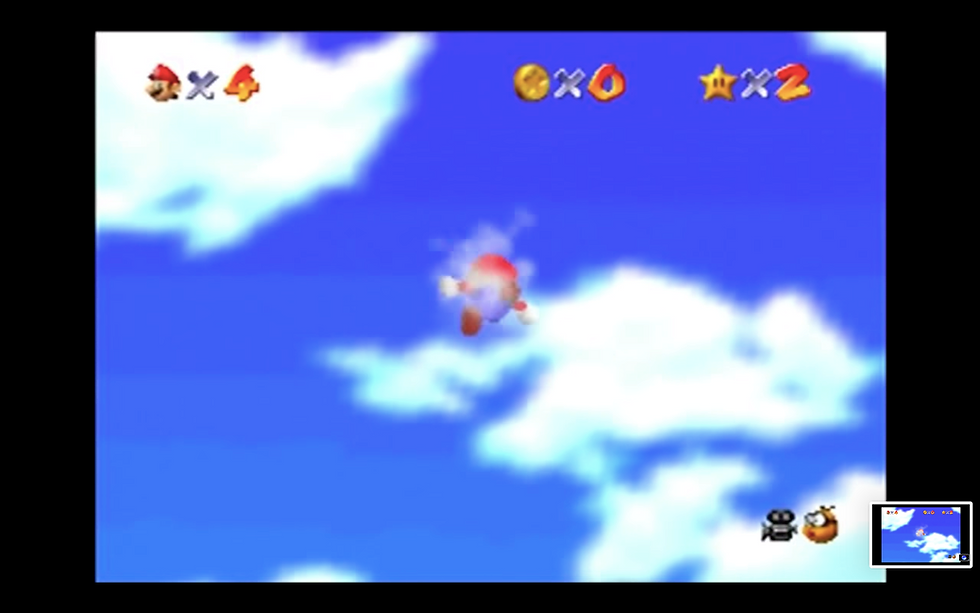Game Review: Pokémon Blue (and Red)
- lanceh
- Oct 18, 2019
- 4 min read
Pokémon Blue was the first video game I ever played, on my old hand-me-down Game Boy that I got from my cousin. Every now and then I’ll go back and replay the game and it’s crazy how even after more than 20 years, I still find the original game a very captivating gaming experience. As an homage to my childhood, I decided to replay Pokémon Blue and explore exactly what allowed this first generation of Pokémon games to become one of the most successful videogame franchises of all time.
At its core, Pokémon is not very procedurally different than other RPGs. The game is played from the top down perspective, and the player navigates through the world using the four directional keys. Combat is turn based, and in every turn, players are given the options to either fight, switch out, use items, or run away. Like other RPGs such as Chrono Trigger or Final Fantasy, combatants have hit points, that when lost, will ultimately cause the given character to faint. Each game includes a multitude of battles, puzzles and challenges, and a coherent story arc.
So why was the original Pokémon generation able to beat out Final Fantasy VII, an established RPG franchise for best-selling game in 1997, and more importantly why did it find so much success in even international markets? In this review, I attempt to examine the accessibility of Pokémon and how that contributed to its widespread success. The first distinction between Pokémon and other traditional RPGS is its release on one of the first – and the most successful – handheld gaming console. Unlike the Atari Lynx, which was much more expensive, had a shorter battery life and a dearth of compelling games, the Game Boy was cheap, simple, and durable. From the very beginning, this frames the Pokémon series as a very different experience than its competitors which were made for home consoles like the SNES and Playstation.
This accessibility and ‘casualness’ carries into the game of Pokémon as well. The ability to save at any point the player wants to (and not at specific save points or pre-specified times) enhances the ease of play that the handheld console creates. There are no lengthy cut scenes that slow down gameplay, dialogue is relatively sparse compared to other RPGs, and most of it is actually optional. Even the story arc as a whole is not demanding – there is no world-threatening disaster or complicated lore, the premise is clear and easy to understand. You are simply a young child who wants to catch and raise Pokémon (interesting as well, there is no sense of a true game ‘ending’: Chrono Trigger has one final battle and 13 unique endings, whereas Pokémon has only a credit scene, and can then be replayed endlessly. In fact, with the goal of catching all Pokémon, it was designed to – although there is no real payoff for catching all of those Pokémon).
Accessibility also comes from how wide of an audience Pokémon appeals to. Almost every kid can pick up Pokémon and derive some level of enjoyment. The inherent dedication to collecting is emphasized by the customization that the game allows. While many other RPGs focus on customization more through the freedom to collect and then equip different items, the original Pokémon Blue and Red games included 151 Pokémon, which theoretically implies that a player has more than 11 TRILLION different choices in customizing their team composition (151^6, not adjusted for Pokémon that can only be acquired once). A player can choose to build a balanced team, a team with raw power, a team of cute Pokémon, or a team of all fire Pokémon. In addition, the game is not very hard – any casual player can easily complete the game (at least the Elite Four part of it). There is no need for extremely hardcore grinding and knowledge, and virtually any team can complete the game given enough time. Even the mechanics are much more simple than other RPGs – battles are one on one, Pokémon can only use four moves, only equip one item, there are only a handful of types, and there is no complex magic system. However, the game does not limit its players in simplicity: hardcore gamers can attempt to catch all 151 Pokémon, and optimize Pokémon stats and movesets for online battling). Pokémon is the perfect example of a game that is “easy to get into, but hard to master.”
Lastly, I want to combine the previous observations to make a conclusion about the massive popularity of the original Pokémon games. The aspects of Pokémon that lend it easily to mass mainstream appeal also create a very sui generis social gaming experience. Previous RPG games were only social insofar as players could talk about their experience with the game together, or switch off controllers while playing; even multiplayer console games are only social insofar as the players are artificially gathered (thus, as social as a private dinner party might be). Pokémon was the first RPG to truly provide a social gaming experience that could transcend the confined space of your home, and the popularity of Pokémon, a result of its accessibility, was important beyond just sales itself. The value of buying a Pokémon game increases as each marginal person buys a game – another player means someone else to compare Pokémon with, or trade and battle. The games inherently promoted this culture: the extremely personalized nature of the game meant that everyone had a unique team and playthrough, the goal of catching all 151 Pokémon was impossible without working with fellow gamers, and battling other players added more complexity to underlying strategy. Pokémon Red, Green, and Blue had to be released on the Game Boy (they were only successful because of that fact) because then and now, Pokémon is an inherently socially focused RPG.




Comments